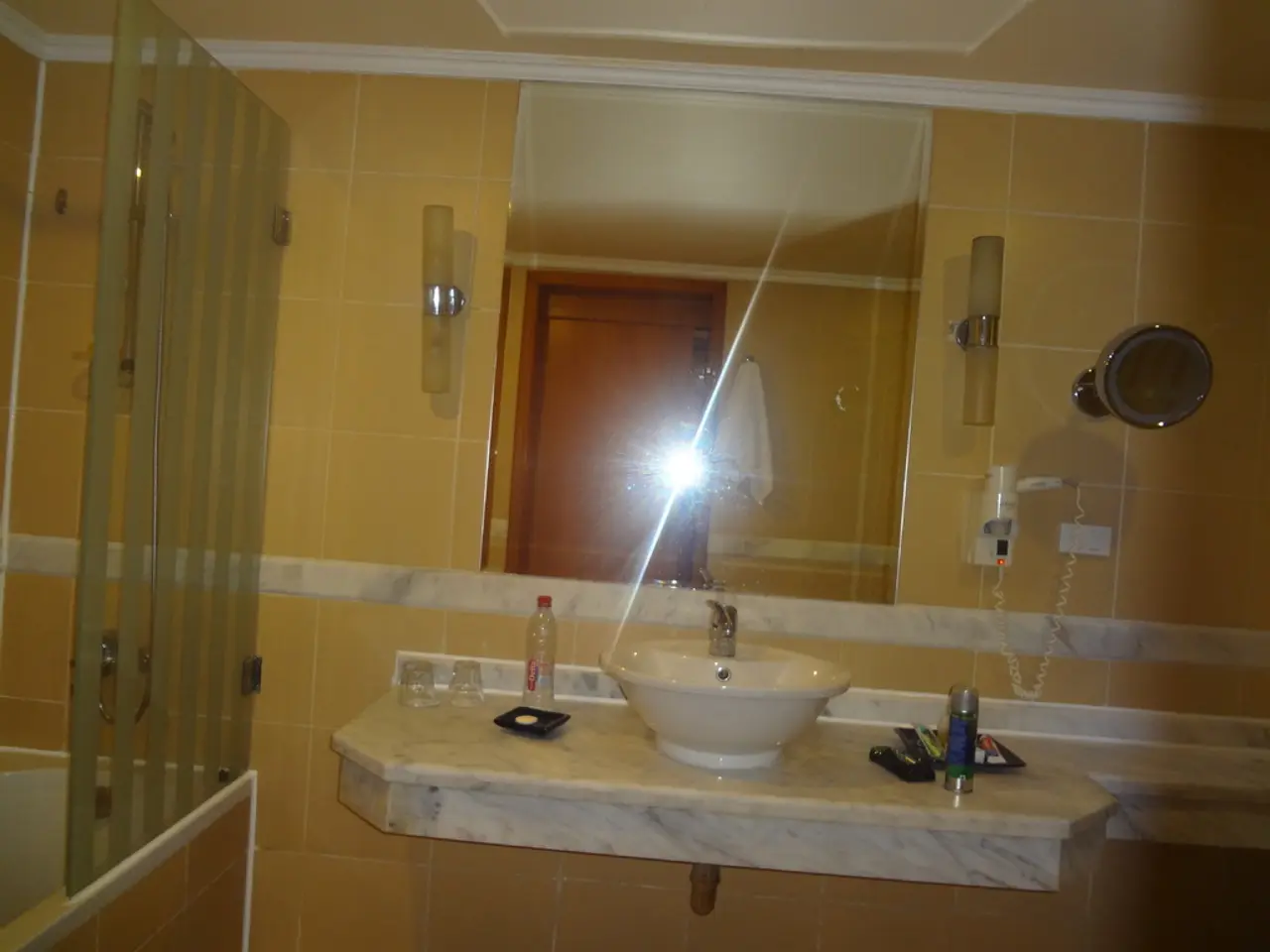Tech company Kinly finds application of Advanced Visual technology to combat employee resignations due to unsatisfactory appearance standards
In a groundbreaking study, Kinly, a leading provider of audio-visual (AV) solutions, has unveiled its Art of Productivity report. The comprehensive research, based on surveys of 1,000 UK office workers and 425 AV professionals across Europe, offers insights into how creative applications of AV technology can boost office productivity and foster a more inclusive work environment.
According to Tom Martin, CEO at Kinly, implementing technology creatively can significantly improve office attendance and overall output. He emphasises that creative environments fuel performance, and office design is a strategic choice for businesses.
One of the key findings of the report is the role of tech-driven art in enhancing workplace aesthetics. Already, over a quarter (27%) of firms are using AV technology to display art and culture, creating more appealing environments for employees. Furthermore, over half (51%) of businesses are employing digital signage to make workplaces more engaging and visually appealing.
The report also underscores the importance of AV technology in supporting employee wellbeing. Three in four AV professionals believe that AV technology supports staff welfare, indicating its potential to improve mental health and overall wellbeing. Moreover, nearly a third (31%) of companies are using AV to aid neurodiverse staff, while almost half (46%) plan to follow suit.
AV technology also plays a crucial role in fostering inclusivity in hybrid working models. Seventy-one percent of AV professionals believe AV technology helps build community across offices and remote teams, which is essential for fostering inclusivity and collaboration. By integrating AV solutions, businesses can enhance collaboration and communication among all team members, promoting a more inclusive work environment.
Ben Sheppee, a British visual artist, stresses the importance of providing the right tools for creative collaboration in a hybrid work setup. He believes that AV technology can bridge the gap between remote and in-office workers, fostering a sense of community and collaboration.
The report also highlights that workplaces designed without the employee experience in mind are exacerbating talent shortages, productivity crises, and return-to-office debates. Over one-in-five (21%) young workers report that their mental health suffers due to poor-quality workplaces, while 46% of young UK workers aged 24-35 would consider quitting due to unattractive office design.
The Kinly Art of Productivity report provides valuable insights on how organisations can improve employee output using creative applications of AV technology. To access the full report, visit the Kinly website. The report underscores the role of AV technology in creating a more attractive, supportive, and inclusive work environment that benefits both employees and employers.
In conclusion, the Kinly Art of Productivity report underscores the immense potential of AV technology in transforming workplaces. By focusing on aesthetics, employee wellbeing, and inclusivity, businesses can create work environments that foster productivity, collaboration, and employee satisfaction.
- The study by Kinly, a leading AV solutions provider, suggests that creative use of technology, such as digital signage, can make workplaces more engaging and visually appealing for employees.
- AV technology, as highlighted in the Art of Productivity report, plays a crucial role in supporting employee wellbeing, with many AV professionals believing it can improve mental health and overall wellbeing.
- The report also shows that AV technology can contribute to fostering inclusivity in hybrid working models, with 71% of AV professionals believing it helps build community across offices and remote teams.
- In the realm of finance and business, investing in AV technology can offer significant benefits, as it can potentially boost productivity, reduce talent shortages, and enhance the overall attractiveness of workplaces.




